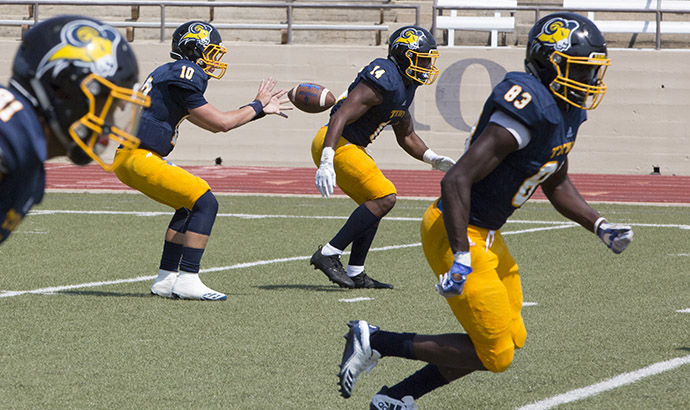Resumes & Letters
Resume Dos and Don'ts
Make sure your resume does not end up in the hiring manager's desk and not trash bin. Follow these suggestions to get to the next round.
- Use one inch margins so your resume doesn't look crammed or cluttered
- Limit your resume to one page unless you have extensive experience
- Use neatness, organization and correct grammar
- Gear your resume to the needs of the employer accentuating your most marketable skills and experience
- Proofread
- Remove hyperlinks
- Omit pronouns such as (I, me, we, you, they)
- Use action words that reflect skill development. See Resume Action Words
- List bullet points and sentence fragments to provide concise focus
- Order the most important information first
- Always send a cover letter with your resume even when applying onine or through email
- Use top quality white, off-white, ivory or very light gray, bond paper of at least 20-pound weight, size 8 ½" x 11."
- Darker paper may not photocopy or scan well
- Print your resume on a laser printer. All computer labs and the Center for Career Services have laser printers
- Use abbreviations, except for GPA or states
- Staple or paperclip your resume, cover letter and reference page
- Include more than one type of bullet point
- Use long explanatory paragraphs or wordiness
- Be dishonest or boastful
- Use funny icons or clip art
- Disregard the importance of layout
- Print on a dot matrix printer
- Use resume templates in Microsoft Word. Templates do not create effective resumes based on what we know about employers' opinions. Many employers view this as a quick, easy and LAZY way to format a resume.
Top 5 Resume Tips and Tricks
Follow these tips to make sure your resume impresses future employers.
Then organize and edit your resume to fit one page. Keep this draft!
- If you are just barely going onto a second page adjust the size of your layout, font, spacing, or margins.
- 9-point font is generally the smallest font you should use.
- If you must go onto a second page, fill it at least ¾ of the way with relevant information.
- If you have a second page, indicate at the top or bottom of the page that it's a continuation of your resume. List the total number of pages (Degenstein, page 2 of 2).
Get the reader's attention by capitalizing, bolding, underlining, using asterisks (*) or solid bullet points (•) to help highlight items.
Computers are being used more frequently to read resumes for key words, including: degree information, job functions, industry-specific acronyms and job titles. List as many of these as possible so your resume will register on these searches.
If there is a typo or grammatical error on your resume, you may be eliminated as a candidate. Your resume may be the only chance you get to make an impression on a potential employer, so make it a good one.







